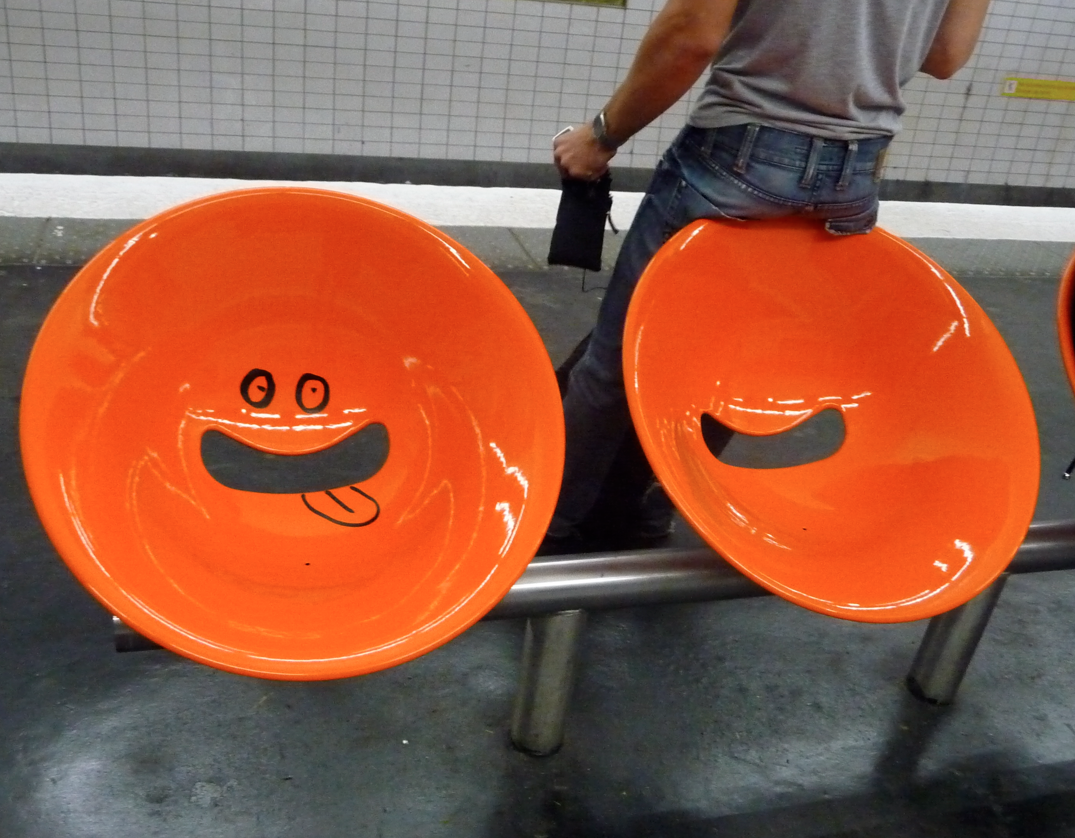 From dealing with the woman at the Tribunal d’Instance, I finally understood what Freud was getting at with his definition of hysteria; the panic was rooted at the core of my being, twisting through my gut, setting my legs into tremble mode and propelling my voice as I called my husband.
From dealing with the woman at the Tribunal d’Instance, I finally understood what Freud was getting at with his definition of hysteria; the panic was rooted at the core of my being, twisting through my gut, setting my legs into tremble mode and propelling my voice as I called my husband.
I had just ruined his life. He was no longer French, we were in the country on false pretenses and we were all going to be deported. The choe of his foot stomp could be heard surfing the airwaves all the way from the conference room he was visiting in Dresden.
— Are you out of your mind?
Well, yes, actually, I was slightly out of my mind at that exact moment.
— If that broad thinks she is going to take our citizenship! I am a citizen under article…
I tuned out as he started spewing legalize, his cold certainty reviving my spirit. I stalked home determined to prove “that broad” wrong.
To make a long, very long story short, I set to work hunting down papers. I found out online that Madame had, surprise, surprise, given me a load of false information. There was an official document with a list of all the papers I would require to apply for citizenship.
Another surprise, the list made it clear I would not need the grand in-laws birth certificates and their marriage license. Either both certificates or one license would do. I had photocopies of the birth certificates, so that seemed like the easiest option. But a visit to the Turkish Embassy made it clear that a birth certificate issued less than three months ago for man who had been born when Istanbul was Constantinople was going to be difficult. There had been earthquakes, there had been infernos, and, quite frankly, Constantinople had not been a city for a very long time now.
In France, all of your major life changes are recorded at your local Mairie. I set out to find documents at what may have been their Mairie, armed with the pertinent names, month and year, but no actual date, or place. The family had lived in the 11th, 12th and 19th. I started with the 11th. Prompt and professional, they quickly informed me they did not have the document I was looking for. Going tot he 19th was like traveling abroad. We sat there in a rainbow of colors, waiting for assistance, one with a thicker foreign accent than the next. The staff were crammed into a tiny, too bright office and could not have been more patient with our lost crew of bureaucratic neophytes.
Then it was off to the 12th. Gorgeous wood ensconced offices, light filtering through the 19th century glass windows. I sat on the comfortable bench waiting for my number to be called by a grumpy man with a peppered grey mustache. By now a professional, I explained my plight and was summarily dismissed.
Did I realize how much work it would be for him to look at all the records for any given month of any given year? No, I confessed, I didn’t know exactly what it entailed, but in the other Mairie I had visited, they had taken out large ledgers, and had scanned columns of entries listed by hand in an elegant scroll. Oui, mais non, he was not willing to do this. But they had done it every where else. Impossible. He’s have none of it. He wouldn’t even know where to start looking.
Of course, he knew where to start looking! I had just told him where his colleagues had looked! I was no longer afraid of the people behind the desks. I was angry.
— Bon, if you don’t know where to find the ledgers, I am confident you know where to find your boss?
Incredibility. Was an uppity foreigner really trying to have her way with the system? He hemmed and hawed and acted deeply insulted. I insisted on seeing his boss. He wouldn’t budged. I told him that if he didn’t get me his boss I was going to start yelling. Smugness. If I yelled, the security would swoop down. That, I calmly explained, was why I was going to start to yell. If he did not go get his boss now, I was sure to find the person myself if security had to be called in.
A perfunctory turn on his heels, and my man was off. I could espy him whispering aggressively to a woman. White blouse, red skirt. I could see her arm shoot out, her finger pointing. And then, nothing.
2 minutes later he was back with the cumbersome ledger in his hands. He spread the enormous volume out on a large filing cabinet, using a clear plastic ruler to guide his eyes. Two minutes later.
— And this, is this the name ?
Victory! I was once step closer to completing my dossier!

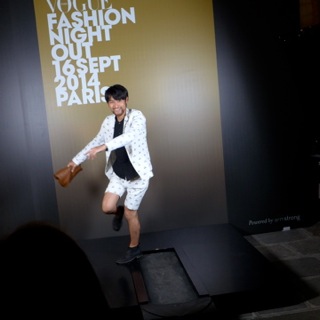
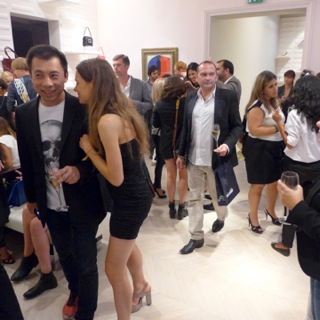
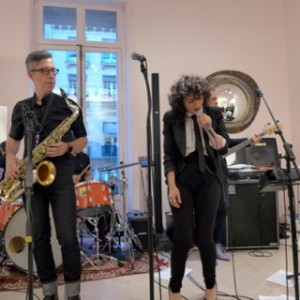
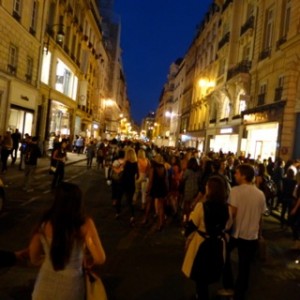
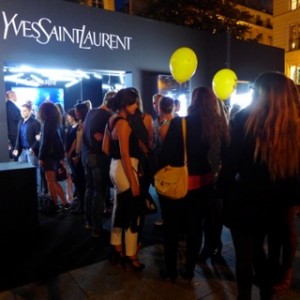
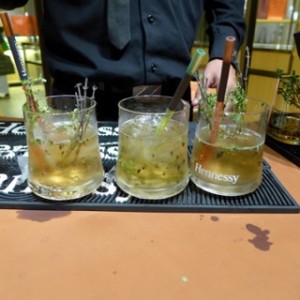 Ready for home, we headed on our way, passing an impromptu catwalk on the way. Fickle as 7 year old girls at recess, we decided that THIS was our favorite moment, watching hopeful fashionistas take center stage on the treadmill to strut their stuff for the world. And oh, what a big, glorious world it was last night!!!
Ready for home, we headed on our way, passing an impromptu catwalk on the way. Fickle as 7 year old girls at recess, we decided that THIS was our favorite moment, watching hopeful fashionistas take center stage on the treadmill to strut their stuff for the world. And oh, what a big, glorious world it was last night!!!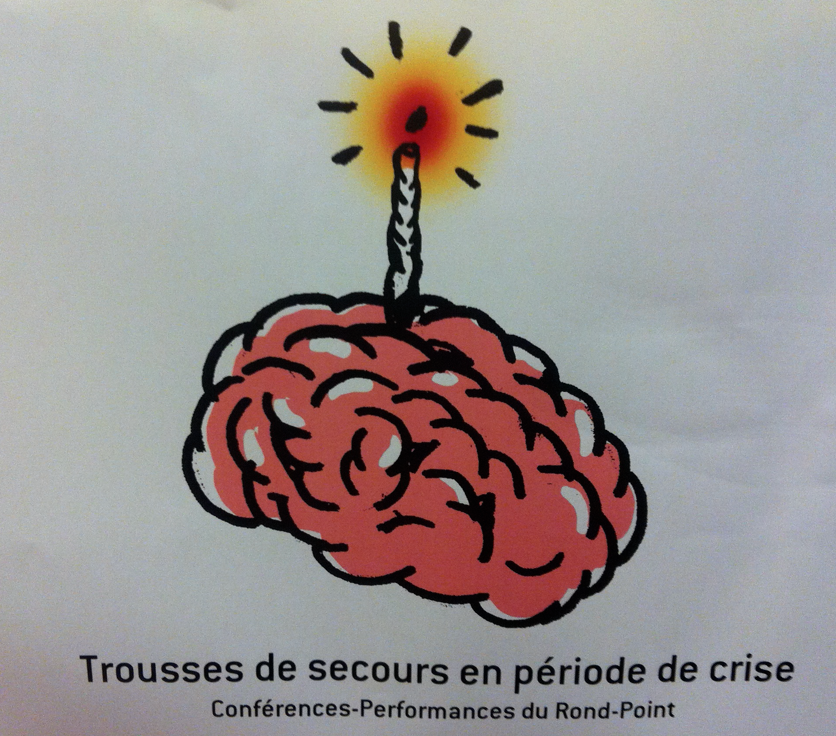
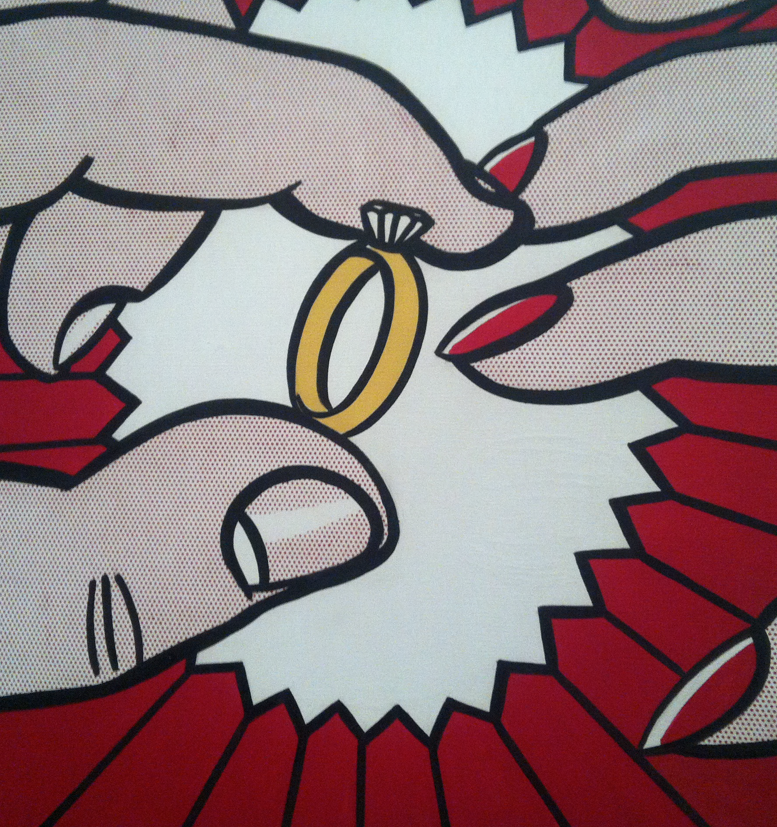
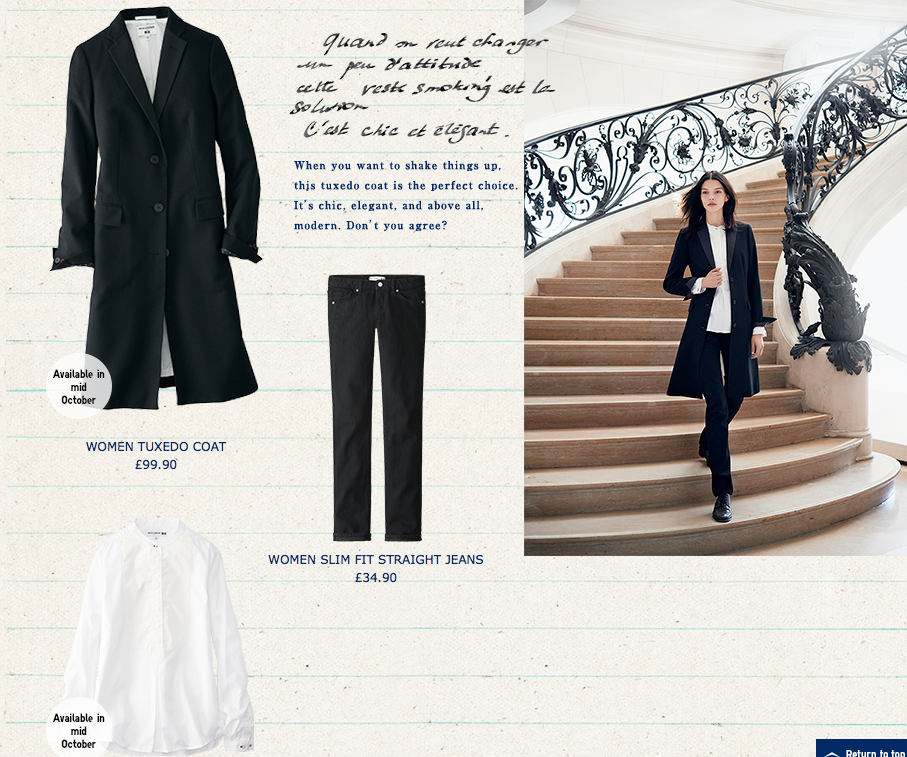

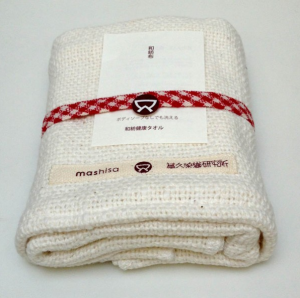
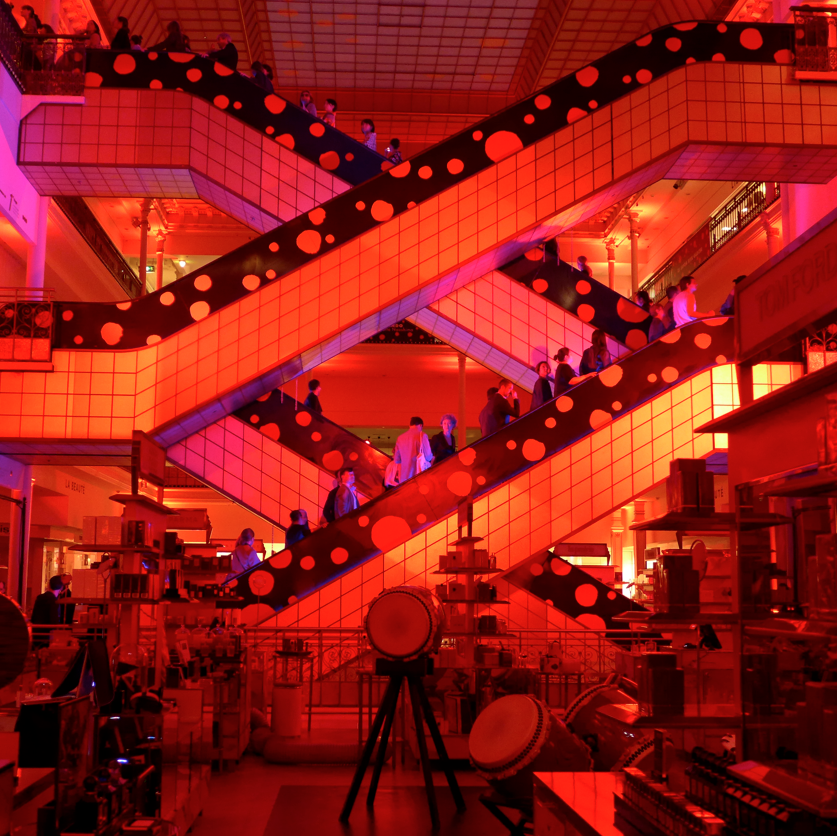
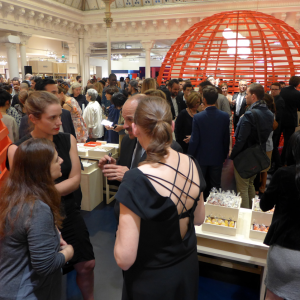 There is the Maison et Objets home design convention with Paris Fashion Week just around the corner, sandwiched between the Nuits Blanches cultural all nighter and the Journée des Patrimoines cultural heritage to weekend.
There is the Maison et Objets home design convention with Paris Fashion Week just around the corner, sandwiched between the Nuits Blanches cultural all nighter and the Journée des Patrimoines cultural heritage to weekend.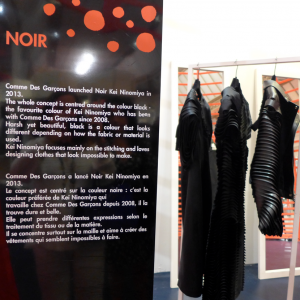
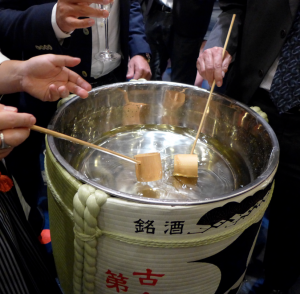
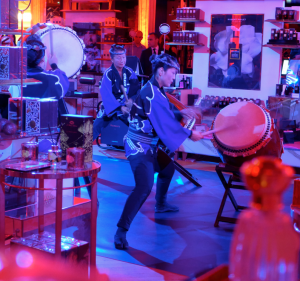
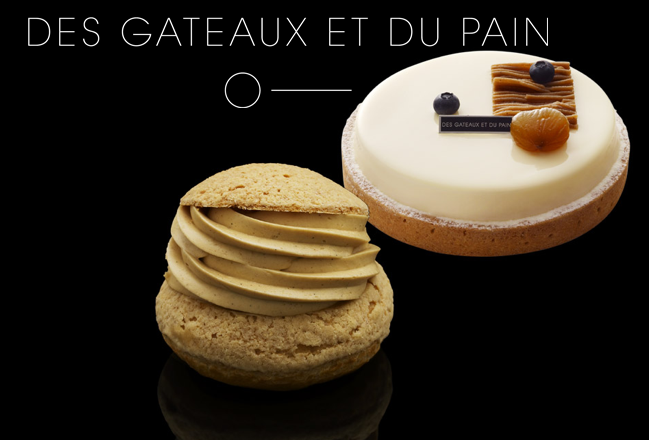
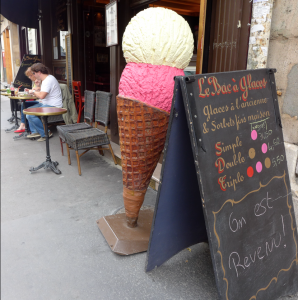
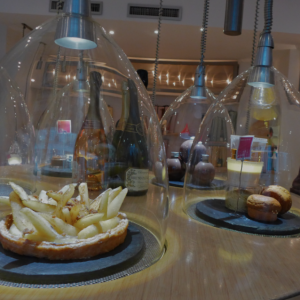 Not being a stickler for tradition, I headed up to Chapon, thinking a flight of shot glasses filled with a selection of their single estate chocolate mousses would be a fun, original alternative. It was August, they were mousse-less.
Not being a stickler for tradition, I headed up to Chapon, thinking a flight of shot glasses filled with a selection of their single estate chocolate mousses would be a fun, original alternative. It was August, they were mousse-less.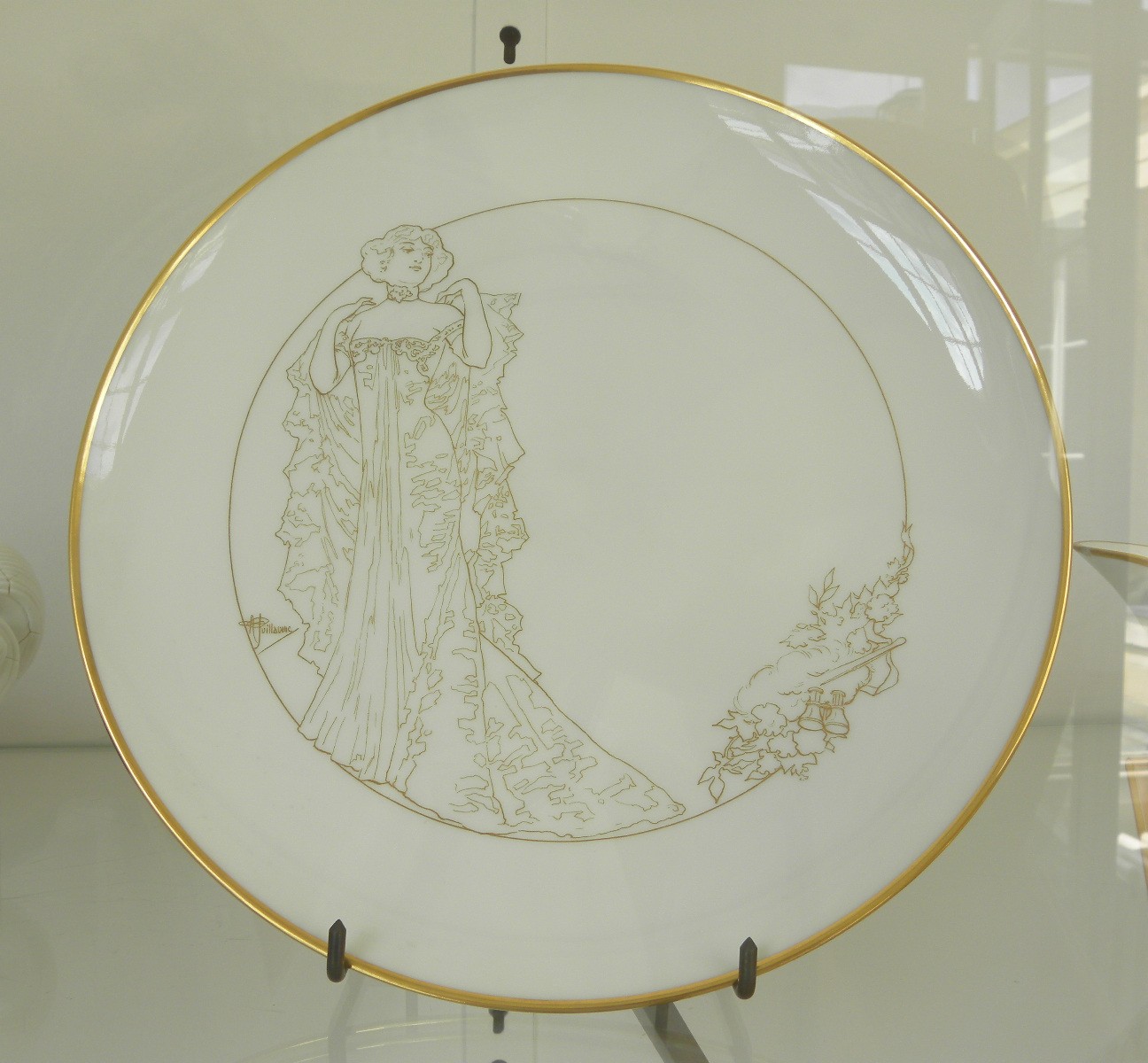
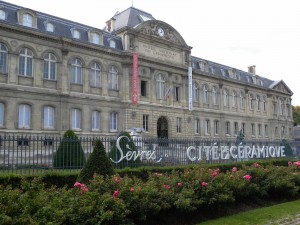 The Manufacture was founded in Vincennes in 1740 by a group of craftsmen and was moved to Sèvres in 1756 by King Louis XV and his mistress Madame de Pompadour. Because of their great interest in porcelain, they wanted Sèvres to create porcelain surpassing the established Saxony works of Meissen and Dresden. Sèvres is unique today in that the ancient crafts practiced there have been passed down from one generation to the next. Each object is produced manually from start to finish, with each craftsman marking their work. Each Sèvres craftsman completes a three-year training program to acquire a French state certification in ceramics and usually stays in a specific trade for most of his or her career. There are currently 120 artisans at the Manufacture working at 30 different ceramic trades.
The Manufacture was founded in Vincennes in 1740 by a group of craftsmen and was moved to Sèvres in 1756 by King Louis XV and his mistress Madame de Pompadour. Because of their great interest in porcelain, they wanted Sèvres to create porcelain surpassing the established Saxony works of Meissen and Dresden. Sèvres is unique today in that the ancient crafts practiced there have been passed down from one generation to the next. Each object is produced manually from start to finish, with each craftsman marking their work. Each Sèvres craftsman completes a three-year training program to acquire a French state certification in ceramics and usually stays in a specific trade for most of his or her career. There are currently 120 artisans at the Manufacture working at 30 different ceramic trades.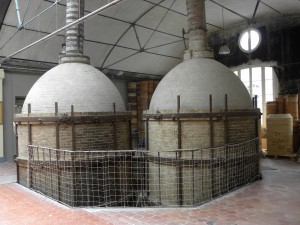 The tour began in the reception area of the National Ceramic Museum at the top of the staircase at the main entrance. The tour guide took us to the Manufacture building directly in back of the Museum, and we entered the “welcome room”. Here, our knowledgeable guide taught us about the history of the Manufacture and explained the porcelain-making process. Porcelain paste and plaster molds are used to make dishes, figurines, vases, and contemporary art, and examples of all of these were displayed. Proceeding into the adjoining room, we saw a porcelain bust of Louis XV made in 1760 and several other examples of objects made in Sèvres, as well as a wall map of the buildings on the site.
The tour began in the reception area of the National Ceramic Museum at the top of the staircase at the main entrance. The tour guide took us to the Manufacture building directly in back of the Museum, and we entered the “welcome room”. Here, our knowledgeable guide taught us about the history of the Manufacture and explained the porcelain-making process. Porcelain paste and plaster molds are used to make dishes, figurines, vases, and contemporary art, and examples of all of these were displayed. Proceeding into the adjoining room, we saw a porcelain bust of Louis XV made in 1760 and several other examples of objects made in Sèvres, as well as a wall map of the buildings on the site.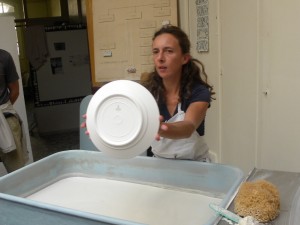 After making a short stop in front of several display cases showing the different phases of the porcelain painting process and a series of objects commissioned by different French institutions, we arrived at the gold decoration workshop. Here we were, in a large room that looked at first like an administrative office, but upon closer observation I realized that there were neither computers nor printers on the desks, and artisans’ fine tools had replaced pens and pencils. One man showed us how he transfers tiny engraved motifs from a gold-brushed metal slab to tracing paper using a special press, proud to share his unusual skills with our amazed group.
After making a short stop in front of several display cases showing the different phases of the porcelain painting process and a series of objects commissioned by different French institutions, we arrived at the gold decoration workshop. Here we were, in a large room that looked at first like an administrative office, but upon closer observation I realized that there were neither computers nor printers on the desks, and artisans’ fine tools had replaced pens and pencils. One man showed us how he transfers tiny engraved motifs from a gold-brushed metal slab to tracing paper using a special press, proud to share his unusual skills with our amazed group.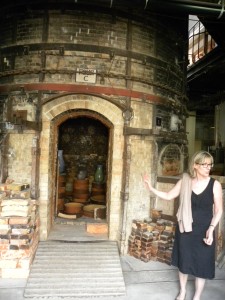 His colleague, a jovial woman about to retire after a career of 47 years there, demonstrated how she meticulously aligns and applies the gold tracing paper motifs to various porcelain objects, kind of like decals. It may take two or three days just to decorate a single teacup. On her desk and in a showcase nearby were examples of objects she had decorated. “Doesn’t this get a bit repetitive?” someone in the group asked. “The objects and motifs are always changing, so it stays interesting, and above all, we’re creating art”, she replied. I realized then that we were not just observing people working at their jobs. We were witnessing dedicated artists with a passion for using their unique “savoir-faire” to create lasting beauty for the world to admire.
His colleague, a jovial woman about to retire after a career of 47 years there, demonstrated how she meticulously aligns and applies the gold tracing paper motifs to various porcelain objects, kind of like decals. It may take two or three days just to decorate a single teacup. On her desk and in a showcase nearby were examples of objects she had decorated. “Doesn’t this get a bit repetitive?” someone in the group asked. “The objects and motifs are always changing, so it stays interesting, and above all, we’re creating art”, she replied. I realized then that we were not just observing people working at their jobs. We were witnessing dedicated artists with a passion for using their unique “savoir-faire” to create lasting beauty for the world to admire.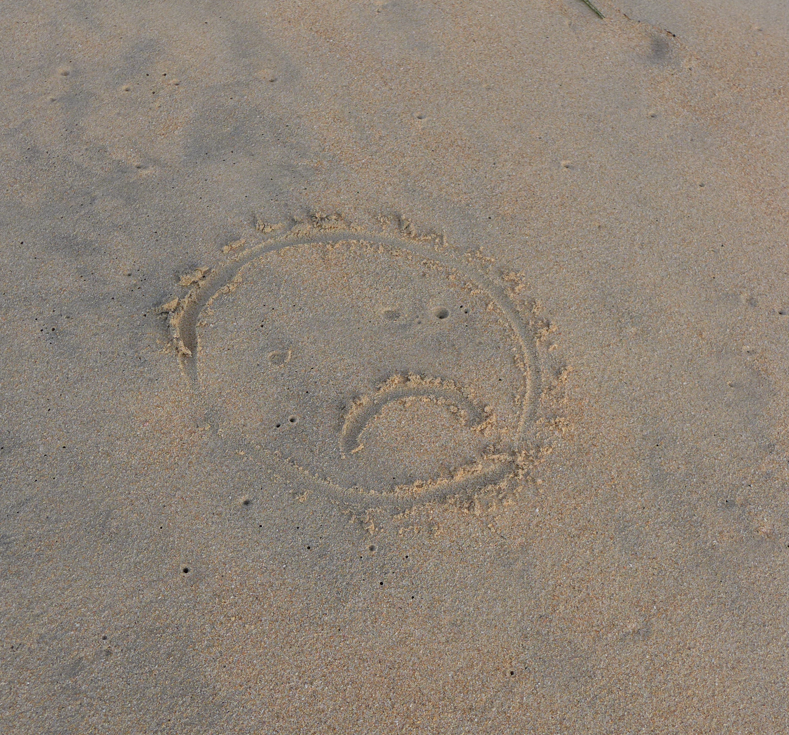
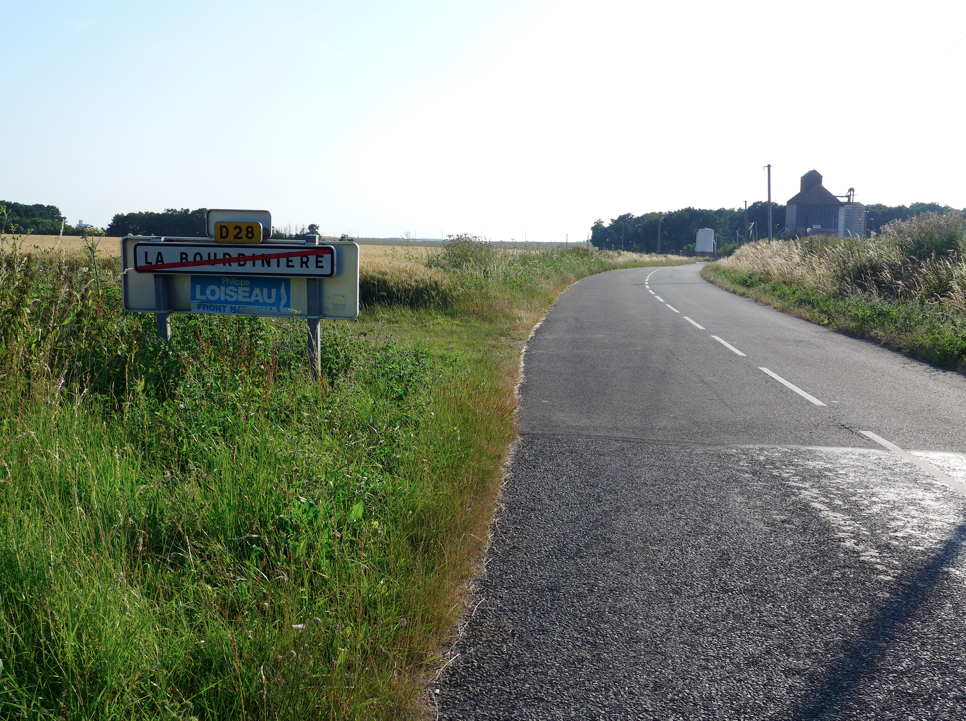 For reasons that totally escape my independent American way of thinking, French vacation rentals run Saturday to Saturday. From ski chalets to seaside villas, family apartment-hotels to luxury lodges, during peak holiday season, we are all expected to arrive and leave on the same day. There are, of course, a few exceptions. Some hotels are flexible, some property owners have a different agenda, but those places are a microscopic minority.
For reasons that totally escape my independent American way of thinking, French vacation rentals run Saturday to Saturday. From ski chalets to seaside villas, family apartment-hotels to luxury lodges, during peak holiday season, we are all expected to arrive and leave on the same day. There are, of course, a few exceptions. Some hotels are flexible, some property owners have a different agenda, but those places are a microscopic minority.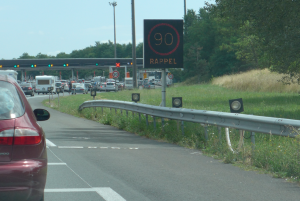 With approximate 1/3 of the country hitting the road on the exact same day, joined by the Dutch and Belgians seeking warmer climes, traffic flows like a dammed up river. Last year it took us 14 hours to complete a 7 hour journey. There are some fun aspects to the adventure. The highway rest stops become party zones with the leaseholders organizing games like archery lessons and zumba classes, to keep drivers alert and their kids exhausted after a pit stop. At toll booths, cheerful young students hand out travel kits full of treats and this is the one time of year I allow myself a travel sized can of sour cream onion Pringles.
With approximate 1/3 of the country hitting the road on the exact same day, joined by the Dutch and Belgians seeking warmer climes, traffic flows like a dammed up river. Last year it took us 14 hours to complete a 7 hour journey. There are some fun aspects to the adventure. The highway rest stops become party zones with the leaseholders organizing games like archery lessons and zumba classes, to keep drivers alert and their kids exhausted after a pit stop. At toll booths, cheerful young students hand out travel kits full of treats and this is the one time of year I allow myself a travel sized can of sour cream onion Pringles.